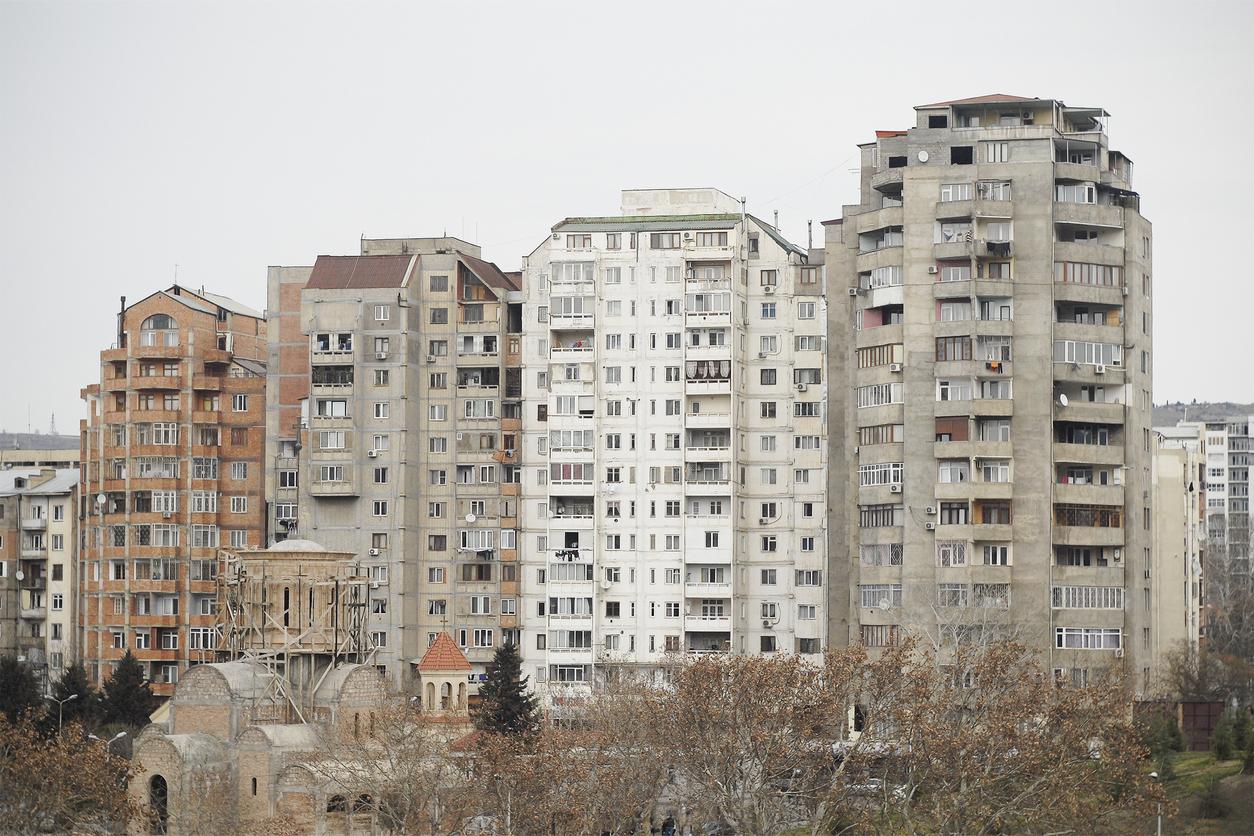Fracture of the upper end of the femur (EFSF), commonly known as “neck fracture“, is the most serious complication osteoporosis, due to the significant morbidity and mortality associated with it. In 2008-2009, its incidence rate in France was 42.5 per 10,000 people aged 55 or over. During these two years, nearly 95,000 people aged over 54, including 76.4% of women, affiliated to the general health insurance scheme, were hospitalized for this type of fracture. The Department of Research, Studies, Evaluation and Statistics (DREES) looked at these figures to assess what the health risks were after a neck fracture and has just publish its report.
• A quarter of patients die in the following year
All causes combined, 23.5% of patients aged 55 or over die within a year of a femoral neck fracture. This mortality rate is higher in men (32.9%) than in women (20.6%) and this, from hospitalization.
During hospitalization, deaths occur twice as often in men (6.8%) as in women (3.4%). One month after their fracture, 10% of men and 5.3% of women died. Three months later, this rate has doubled for both sexes, then the progression slows down. Six months later, 25.4% of men and 15.3% of women died.
• Mortality increases with age
Mortality at one year increases logically with age. Less than 15% before the age of 65 in men, it is higher than 30% from the age of 75 and reaches 64% in the oldest. In women, it is less than 10% before the age of 70, it does not exceed 30% until the age of 90, reaching 42.4% in older women.
It should be noted that mortality is higher than for other pathologies requiring hospitalization.
• Chronic diseases increase the risk of mortality
The state of health of the patient at the time of the fracture is a determining factor in the risk of death at one year. Compared to a patient without a chronic disease (who therefore has a Charlson score of 0), the risk is multiplied by 1.46 as soon as this score is 1, multiplied by 2.64 if the Charlson score is 4 or 5 and this risk is 4.63 times greater if the score is greater than or equal to 6.
“Reducing mortality in relation to EFSF therefore involves acting on the factors favoring its occurrence: the treatment of osteoporosis in women and men, the encouragement of physical activity and prevention education. falls, the effectiveness of which has been proven” conclude the authors of the study.
Read also :
Osteoporosis: men also suffer from it without knowing it
Osteoporosis: the 5 worst foods for your bones

















